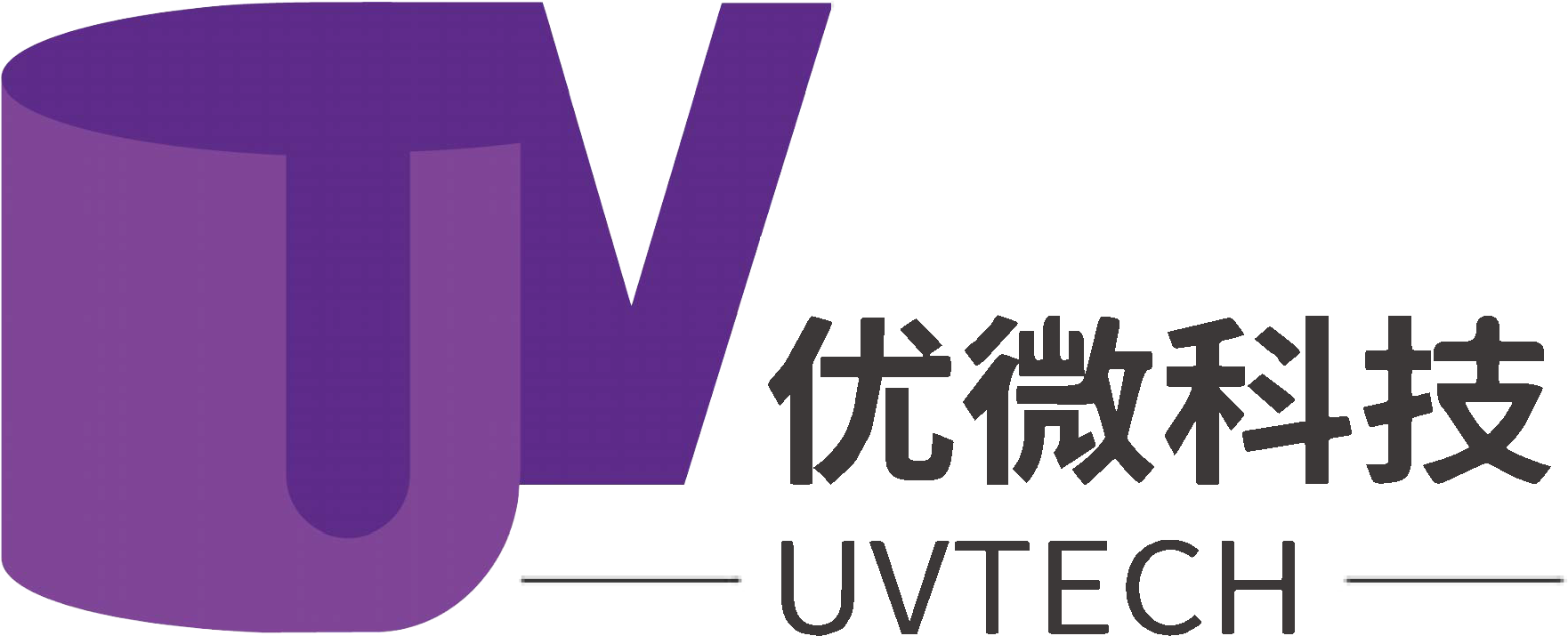How to Choose the Right Cuvette?
Release time:
2025-07-18
Selecting the appropriate cuvette requires careful consideration of experimental needs, including wavelength range, sample properties, accuracy requirements, and compatibility. Below is a detailed guide covering material selection, optical path length, specifications, and special features.
1. Material Selection
Glass Cuvettes
Wavelength Range: 340–2500 nm (visible to near-infrared).
Characteristics: Low cost, resistant to acids and alkalis, but absorbs strongly in the UV range.
Applications: Visible light spectrophotometry (e.g., routine concentration measurements).
Quartz Cuvettes
Wavelength Range: 190–2500 nm (UV to near-infrared).
Characteristics: High UV transparency, heat-resistant, but more expensive.
Applications: UV-Vis spectroscopy (e.g., DNA/RNA quantification, fluorescence experiments).
Plastic Cuvettes (PS, PMMA, etc.)
Wavelength Range: 300–800 nm (some allow limited UV transmission).
Characteristics: Disposable, shatterproof, but prone to scratches and incompatible with organic solvents.
Applications: Rapid testing, educational labs, or biosafety-sensitive experiments.
2. Optical Path Length
Standard Path Length: 10 mm (most common for general quantitative analysis).
Micro Volume: 1 mm or 2 mm (for limited sample volumes; ensure linearity with Beer-Lambert Law).
Long Path Length: 50 mm or more (for trace-level detection, e.g., environmental pollutants).
Note: According to Beer’s Law (A = εlc), path length (l) affects absorbance (A). Adjust concentration or path length to maintain absorbance within the instrument’s linear range (typically 0.1–1.0 AU).
3. Specifications and Design
Volume: Common sizes include 1.5 mL and 3 mL; choose based on sample availability.
Instrument Compatibility: Ensure the cuvette fits the spectrophotometer’s sample chamber (e.g., standard 8.5 mm width).
Lids and Stirring Options:
Capped Cuvettes: Prevent evaporation (e.g., for volatile solvents or long-term measurements).
Stirring Cuvettes: Enable dynamic mixing (e.g., enzyme kinetics studies).
4. Special Requirements
Fluorescence Measurements: Use quartz cuvettes with four clear windows (minimizes stray light interference).
High-Temperature/High-Pressure Experiments: Opt for heat-resistant quartz or specialized materials (e.g., high-pressure reaction cells).
Corrosive Samples: Select quartz resistant to hydrofluoric acid (HF) or specific plastic materials.
5. Additional Considerations
Cleaning and Maintenance:
Quartz: Clean with dilute acid or ethanol; avoid abrasive tools.
Plastic: Do not use strong solvents.
Calibration: For high-precision work, use matched cuvettes (absorbance deviation < 0.5%).
Cost Efficiency: Choose quartz for frequent UV work, glass or plastic for routine visible-light experiments.
Step-by-Step Selection Guide
Determine Wavelength Range:
UV: Quartz.
Visible: Glass or plastic.
Assess Sample Volume:
Low volume: Short path length (1–2 mm).
Low concentration: Long path length (50 mm).
Check Chemical Compatibility: Avoid material degradation from samples.
Verify Instrument Fit: Ensure dimensions match the spectrophotometer.
By following these guidelines, you can select the optimal cuvette for accurate and reproducible results.
Expanded Discussion on Key Factors
1. Material-Specific Trade-offs
Quartz vs. Glass: While quartz is superior for UV applications, its higher cost may not justify use in visible-light-only experiments.
Plastic Limitations: Although convenient, plastic cuvettes degrade under prolonged UV exposure and organic solvents.
2. Path Length Optimization
Beer-Lambert Law Adjustments: If sample concentration is too high, a shorter path length can prevent signal saturation. Conversely, dilute samples benefit from extended path lengths.
Microvolume Techniques: Modern spectrophotometers often support microvolume measurements (e.g., 1–2 µL samples) using specialized cuvettes or pedestals.
3. Specialized Cuvette Types
Flow-Through Cuvettes: For continuous monitoring in chromatography or kinetic studies.
Stoppered Cuvettes: Essential for anaerobic experiments or reactive samples.
Temperature-Controlled Cuvettes: Used in studies of thermal denaturation or enzyme activity.
4. Quality Assurance
Manufacturer Certifications: High-end cuvettes may come with transmission certifications (e.g., ±1% accuracy).
Cleaning Validation: Residual contaminants can skew results; follow lab protocols for decontamination.
5. Cost vs. Performance
Academic vs. Research Labs: Teaching labs may prioritize disposable plastic cuvettes, while research labs invest in quartz for precision.
Long-Term Use: Reusable quartz cuvettes offer better ROI for high-throughput labs despite higher upfront costs.
Conclusion
Choosing the right cuvette involves balancing material properties, experimental requirements, and budget constraints. Whether for routine analysis or advanced research, a well-selected cuvette ensures reliable data and enhances experimental efficiency. Always validate compatibility with both samples and instruments before finalizing your choice.
Key words:
Related News
Contact Information
Add: 2nd Floor, Building 3, No. 1 Chaoqian Rd, Changping, Beijing, China PRC.
HQ: 702, 2#, No.22, Daoan Rd, Suzhou, China.
TEL:86 18613365565
MAIL: info@uvtech-cc.com
Copyright 2024 Beijing UVTech Inc. All Rights Reserved









